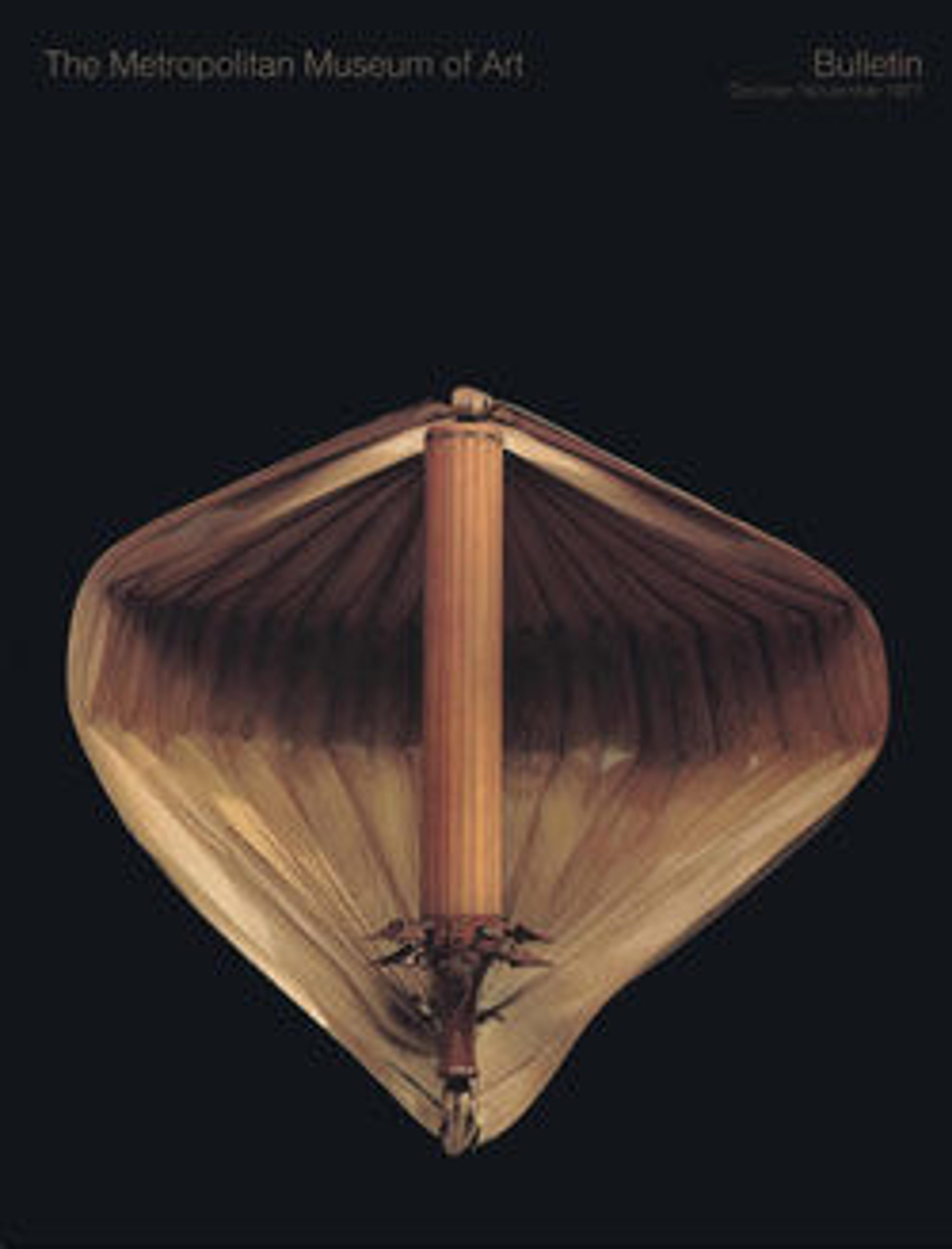Quinton in Viol Form
A 5-string hybrid instrument combining features of the violin and treble viol.
Viols were the most esteemed bowed instruments of the late Renaissance, and they were only gradually displaced by the violin family. Viols differ from violins chiefly in shape, in number of strings and tuning, and in having fretted necks. All viols are played in an upright position between the knees or on the legs (gamba means "leg"), and the bow is held palm upwards. Their sound is less brilliant and quieter than that of the violin family. Chamber music for a consort of four to six viols was composed during the Renaissance and Baroque eras, and solo works for the bass viol were being played until nearly the end of the 18th century.
Viols were the most esteemed bowed instruments of the late Renaissance, and they were only gradually displaced by the violin family. Viols differ from violins chiefly in shape, in number of strings and tuning, and in having fretted necks. All viols are played in an upright position between the knees or on the legs (gamba means "leg"), and the bow is held palm upwards. Their sound is less brilliant and quieter than that of the violin family. Chamber music for a consort of four to six viols was composed during the Renaissance and Baroque eras, and solo works for the bass viol were being played until nearly the end of the 18th century.
Artwork Details
- Title: Quinton in Viol Form
- Date: mid to late 18th century
- Geography: Mirecourt?, France or Germany
- Culture: French or German
- Medium: Wood
- Dimensions: Body length: 32.2 cm.
Body width: upper bout 15.9 cm.
center bout 11.4 cm.
lower bout 19.85 cm.
Rib height: top block 3.6 cm.
center bout 4.15 cm.
bottom block 4.12 cm.
String length (approx.) 30.9 cm. - Classification: Chordophone-Lute-bowed-fretted
- Credit Line: The Crosby Brown Collection of Musical Instruments, 1889
- Object Number: 89.4.949
- Curatorial Department: Musical Instruments
More Artwork
Research Resources
The Met provides unparalleled resources for research and welcomes an international community of students and scholars. The Met's Open Access API is where creators and researchers can connect to the The Met collection. Open Access data and public domain images are available for unrestricted commercial and noncommercial use without permission or fee.
To request images under copyright and other restrictions, please use this Image Request form.
Feedback
We continue to research and examine historical and cultural context for objects in The Met collection. If you have comments or questions about this object record, please complete and submit this form. The Museum looks forward to receiving your comments.
